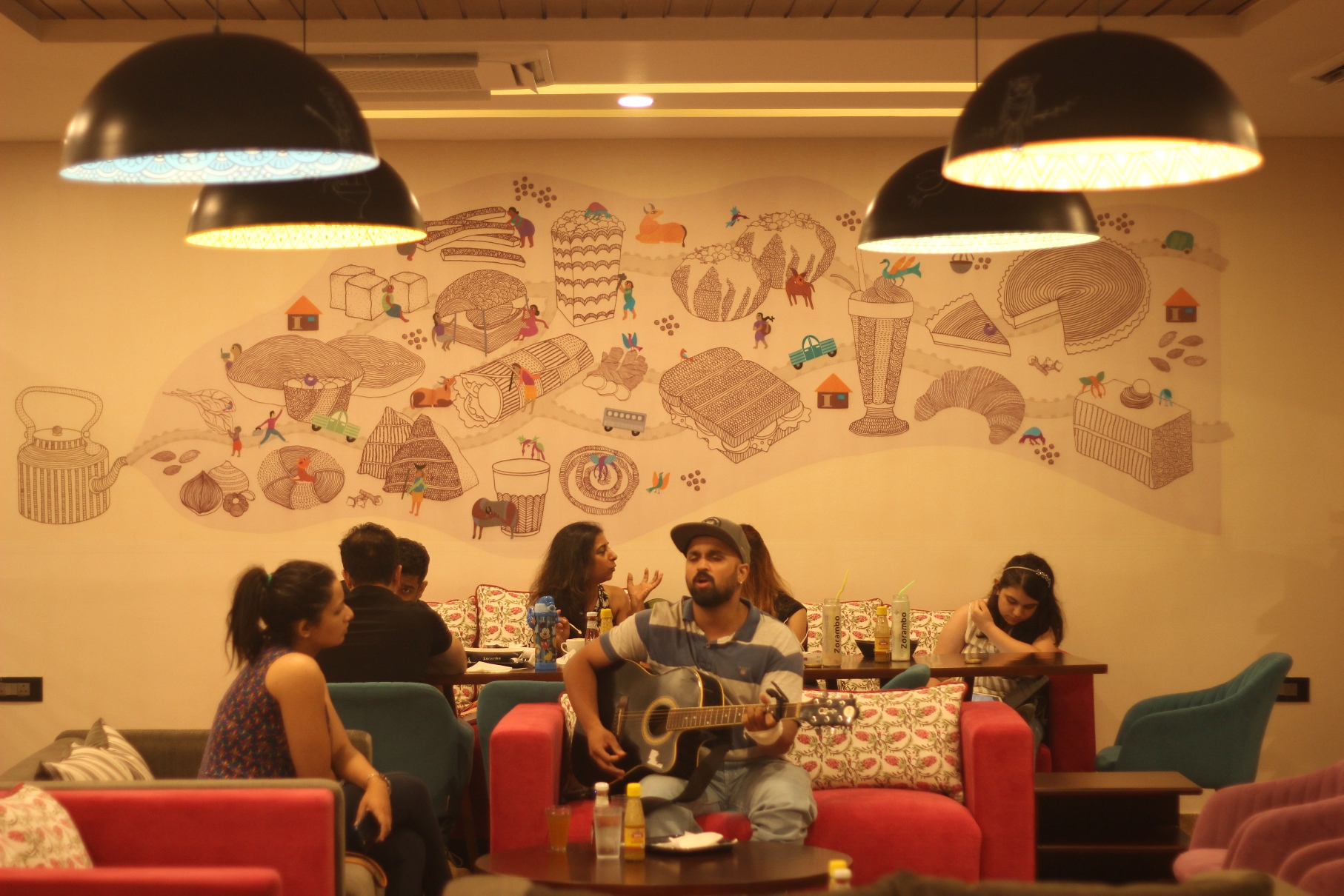Architecture and Mental Health | Tarun Walecha
Millions of years ago, human beings started to dwell in caves- a naturally built habitat, as their first abode. Little must have been on their mind other than getting a place safe from the wild animals they would prey on. With time, these caves became a place to stay for longer and also offered relief against the travesties of changing seasons. As the human species evolved, troglodytes moved from the caves to better-shaped, better-lit, better-insulated, and relatively better-built human habitats. These were probably the first examples of subconscious architectural designs. Emerging from the basic need to survive and moving towards greater comfort, built spaces later became a sign of social representation. But, Architecture isn’t just about luxury and opulence. While it does serve the purpose of exhibitionism and social dominance, that is only to a small segment of society. To most, it serves the purpose of basic amenities, comfort and convenience while offering a space to work, live and evolve in harmony with each other and the immediate ecosystem.
Through this journey of subconsciously built form to a learned and educated conscious effort, architecture has emerged out of human needs over the years.
Tarun Walecha
In addition to the aesthetics, the primary focus while designing a building, be it workplace or home, remains on physical comfort, human anthropometrics, and at times pressing commercial constraints of the modern world. One thing that goes unnoticed in the due course, or at least doesn’t get its due acknowledgement, is the effect a built space has on the mental health of its users. We often fail to identify the importance of a well-designed space for mental comfort. Each of the elements in the spaces architects create goes a long way to impact the psychology of the users.
Mental well-being is often not spoken of when we talk about architectural spaces. If at all, it only gets talked about as a passive outcome and is not considered as a significantly identified design parameter. The fact is, the impact of built space on mental health isn’t any less than that on physical health.
Tarun Walecha
Each of the elements that become a part of architectural design, in its entirety, incites a human response. Be that an opening in a wall, height contained within a space or just the wall by itself. To the extent that the colour that may adorn a plain wall, its texture or even scale doesn’t cease to have its effect on the inhabitants. Knowing the extent of effect these elements have, it is even more important for the architects to dwell a bit more and deal with them with the utmost sensitivity. A particular colour could calm our mind while the other may agitate, a certain view could invigorate our thoughts, and light filtering through a particular passage could entice curiosity. On another level, zooming out of the finer details of immediate space and looking at our surroundings, a well-designed road, a convenient parking space, and an approachable pathway, all of this can obliterate anxiety, mitigate frustrations and induce comfort. Each of these elements, individually and collectively, can make a huge difference to our social behaviour and mental peace.
Not that concern towards these elements hasn’t been a part of the architectural ethos, somehow during the course of time, there has been a lesser consciousness towards the same. The perspective and the concern towards architectural design have been more from the point of view of tangible gains than non-tangible ones.
A well-designed space doesn’t need to belong to just a chosen few or represent a particular class of people. Architecture and its ramifications serve a deeper purpose for the betterment of our society. The most minor, even visibly the most insignificant built form, touches human lives in some way or another.
Tarun Walecha
Each of those aspects of a built form deserves augmented attention and not just an incidental approach. As architects, we not only need to have an encompassing approach but the concern towards mental health may as well be amplified for the user’s benefit. Our clients will need to understand and appreciate the same, and as responsible architects, we should take that onus on ourselves.
Tarun Walecha
Tarun Walecha is a Delhi-based practising architect and Principal at RLaPL. He graduated from the Manipal Institute of Technology in 1994 and focuses on environment-friendly and sustainable built-form solutions. His body of work includes various projects set up in urban contexts, rehabilitation and renovations. He’s been academically involved with various institutes and is a member of YAC(IIA). He’s an avid traveller and dabbles in photography as well. He’s also passionate about fitness and has been into long-distance running for over a decade.












